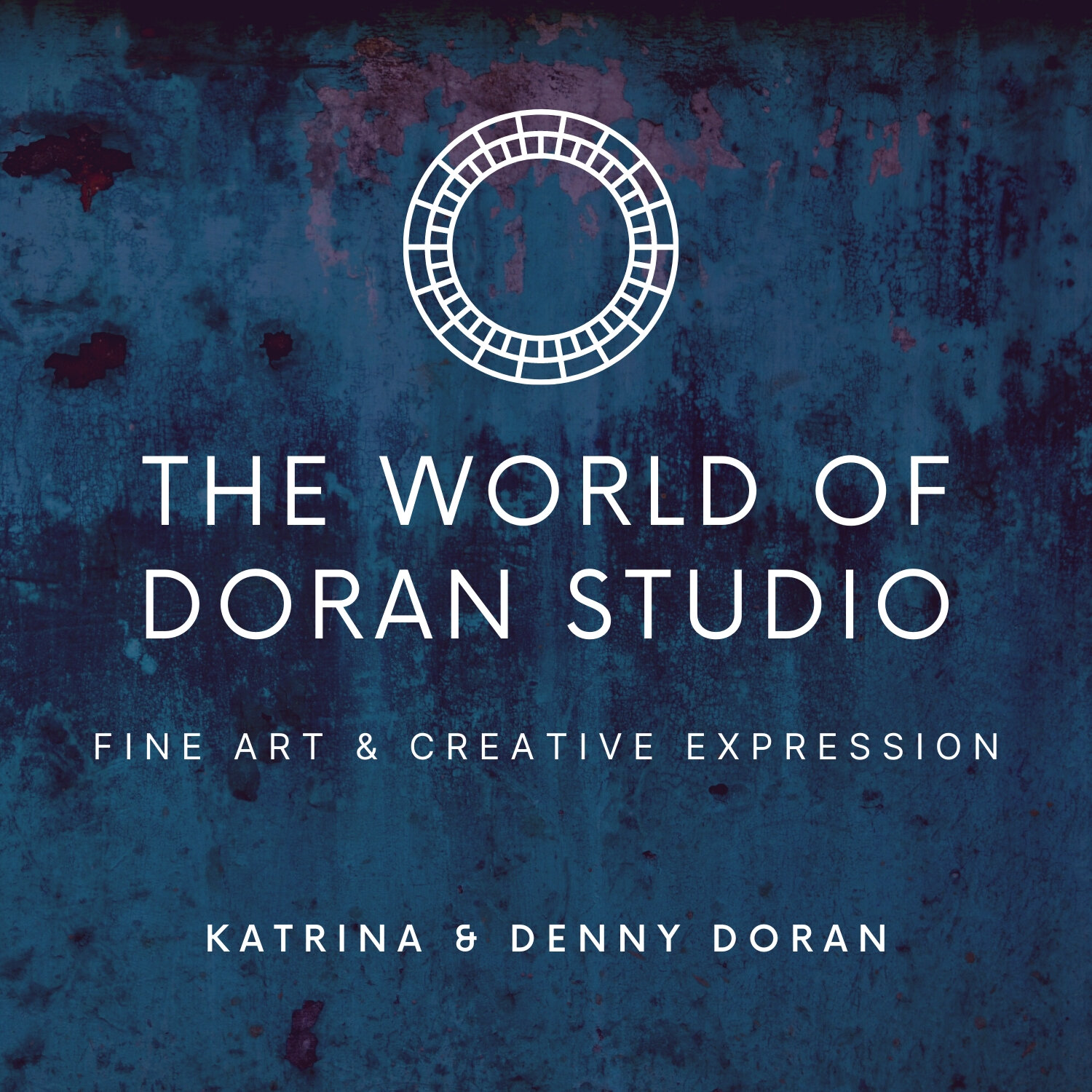Design: Flower Sculpture How-To
How does one go about creating a design? For me, I pick something I am interested in (talavera pottery), add a touch of something I've recently seen (the Jean Paul Gaultier exhibit), follow a bit of history (Mexican folk art, Greek motifs in pottery and mosaic), and mix it all up. I often do a search-engine look at images and after many pages of images, I create my own design. Other searches include research through books and periodicals as there is still nothing quite like the feel of a good book in my hands.
The shape of my sculpture influences the pattern I choose for my design. The long, tulip-like petals of this sculpture are similar to a pattern I often see on talavera pottery. As I was drawing my design, I realized the pattern also looked very much like flower motifs I had seen on Greek pottery and in mosaic floors. In doing research on the Greek flower motif, I could then see the connection to other cultural designs and before I knew it, I had traveled the world through a flower motif.



On Tuesday, I had the great joy of viewing the Jean Paul Gaultier exhibit at the
and still being in the after-glow of his work, I am using stripes in my design.
You can see, in the image below, that I have left a hole in the flower. I plan to add a pistol/stamen by threading glass beads onto aluminum wire and inserting this into the cluster of wires that are part of the stem. Aluminum wire can be found in many craft stores in the jewelry section. It comes in many assorted colors and guages. As I have not quite determined my color scheme, I will leave the choosing of the wire color toward the last.

Choose the type of material for your project based on where it will be located. If indoors, you may use low or high-fired materials. If outdoors, only high-fired, vitreous, and natural stone materials will do. I recommend choosing a mosaic material that is thin. If your material is too thick it might be too heavy for this particular sculpture design. Vitreous glass, stained glass, mirrored glass, porcelain dishware (particularly the teacups and saucers), and a thin porcelain tile like Cinca are all good choices.
Choose your adhesive for indoors or out. For indoors, I recommend Weldbond glue. For outdoors, use thinset.
Consider how you will place your materials on the design. There are several traditional methods of laying tesserae (I will write a separate post on some of these methods). To begin, consider working a central motif first, if you have one. Next, begin an outline of that motif and of the edges of each petal. In most traditional mosaic forms, we are often trained to avoid the use of triangles. If you are inclined to create work in the traditional manner, by all means, avoid triangle tessera in your work!
Because I have not kept a regular schedule for these posts, I will post again in the next few days and will cover some tradtional opus patterns and designs.
Here is an interesting link to ceramic designs:
